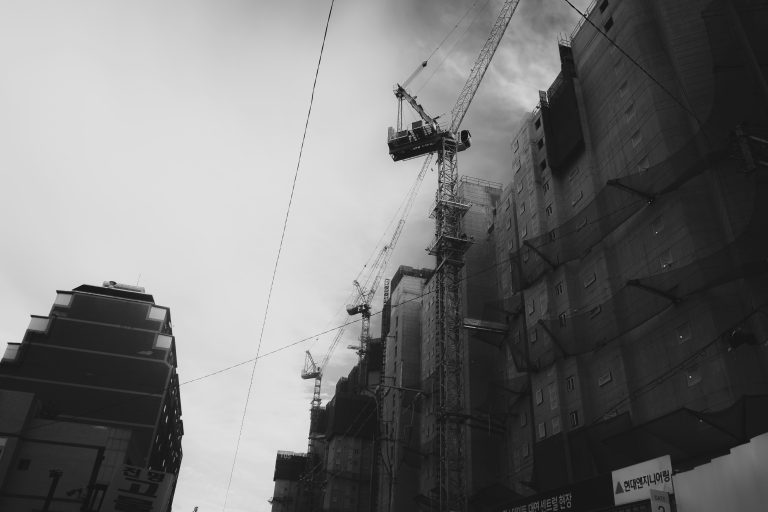Urban construction projects confront a particular set of difficulties resulting from restricted space, current infrastructure, legal complexity, and environmental factors to consider. The demand for creative solutions gets more urgent as cities grow and change since they help properly negotiate these limits. Stringent rules often extend project schedules, while the proximity of buildings and utilities might make new projects more difficult. Moreover, the need for sustainability increases complexity since developers want to reduce environmental effects while satisfying urban expansion needs. This article investigates several challenges facing urban buildings and emphasises techniques that could enable effective project execution in these dynamic surroundings.
Limited space and accessibility
Urban settings, with their compact design and tight access points, present particular difficulties for buildings because of their limited area and accessibility. Concrete barriers and other infrastructure components increase the mobility of construction machinery and vehicles even more. To handle these limitations properly, the seamless advancement of urban construction projects depends on using creative ideas, including modular construction and sophisticated logistics.
Infrastructure and utilities
Urban development initiatives might be hampered by present infrastructure and utilities, which call for deliberate design. Buried cables, water mains, and sewage lines could restrict the construction area and require rerouting or temporary shutdowns, which could cause delays and higher costs. Before construction, careful site inspections and utility mapping might help resolve these problems. While trenchless technology can reduce disturbances and speed up the installation of new services without major excavation, engaging with utility companies early in the design process can help integrate new projects with current systems more smoothly.
Regulations and permits
The schedule and price of urban construction projects can be greatly affected by negotiating the convoluted terrain of rules and permissions. Local governments sometimes set strict rules to guarantee safety, environmental preservation, and zoning law compliance, which might result in protracted approval processes. Developers should work with planning consultants who know local rules and can help them create thorough applications to simplify this area. Proactive engagement with regulatory authorities can help to create a cooperative attitude that enables faster problem-solving and guarantees project compliance with all required legal frameworks, hence reducing delays.
Environmental impact and sustainability
In urban environments, where the balance between development and sustainability must be carefully controlled, addressing construction operations’ environmental impact is becoming increasingly vital. More sustainable building techniques are required because they might harm the environment. New buildings’ environmental impact may be greatly reduced via sustainable materials, energy-efficient designs, and trash reduction.
Thorough environmental studies before construction can highlight problems and motivate ecosystem preservation initiatives, guaranteeing that urban growth satisfies sustainability objectives and community well-being. More sustainable building techniques are required because the current ones might harm the environment and produce higher carbon emissions. New buildings’ environmental impacts may be greatly reduced via sustainable materials, energy-efficient designs, and trash minimisation.
Conclusion
Urban construction projects have many difficulties arising from limited space, current infrastructure, legal complexity, and environmental issues. A complex strategy stressing creative planning, cooperation with utility companies, and compliance with local laws helps one to negotiate these challenges successfully. Developers can build more resilient and liveable urban areas by prioritising sustainability and using modern building methods, reducing the bad effects of their projects. A dedication to deliberate and purposeful growth will produce beneficial results that help the environment and communities.


